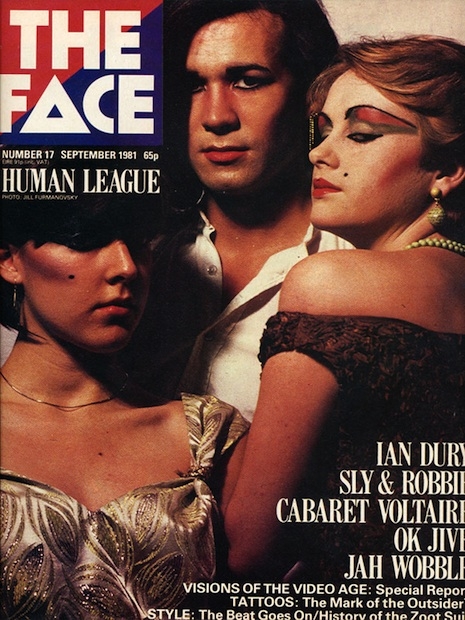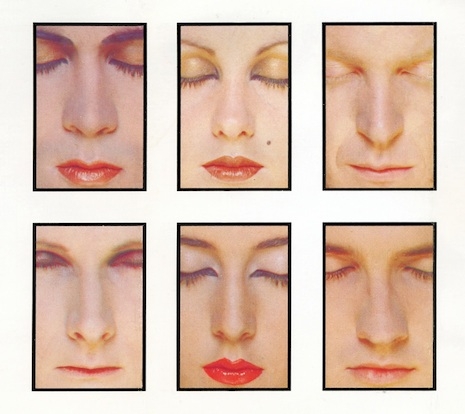
I was working as a porter in hospital doesn’t have quite the same ring as “I was working as a waitress in a cocktail bar…” but that’s exactly what Phil Oakey was doing when he was asked by ex-schoolmate Iain Craig Marsh to join him and Martyn Ware as singer with their band—The Human League.
Logic: Marsh was in his early twenties and beginning to make good money working when he decided to put his extra moolah towards buying one of the cheap commercial synthesizers that were coming onto the market. Inspired by Kraftwerk, science fiction (J. G. Ballard) and the industrial landscape of their hometown Sheffield, Ware and Marsh began creating an ambient soundtrack. It quickly became apparent to the pair they needed a lead singer to make the music work. That’s when Marsh remembered his classmate Oakey—as he looked like a pop star.
Inspiration: With the arrival of hospital porter Oakey, The Human League were now ready for phase one of their career—as an influential, semi-avant garde, electronic band.
In 1977, they issued a group (slightly tongue-in-cheek) manifesto:
SCENARIO: In the summer of 1977 The Human League was formed due to the members finding no conventional channels for their immense talents.
BACKGROUND: None of The Human League have any orthodox musical training, but prefer to regard compositions as an extension of logic, inspiration and luck. Therefore, unlike conventional musicians their influences are not so obvious.
CONCLUSION/MANIFESTO: Interested in combining the best of all worlds, The League would like to positively affect the future by close attention to the present, allying technology with humanity and humour.
Gradually building up a young predominantly male fan base at college campuses and small venues, the band were signed to Virgin Records where they released two critically acclaimed albums Reproduction (1979) and Travelogue (1980). But the success the group hoped for did not follow. The band split with Marsh and Ware going off to form Heaven 17, leaving Oakey and Adrian Wright to carry on as The Human League.
Luck: With a European concert tour imminent, and the reality of Oakey and Wright being sued for failing to fulfil their tour commitments, Oakey decided to bring in two random girls he had seen one night dancing in a club—Joanne Catherall and Susan Ann Sulley. Both girls knew Oakey and The Human League, and had planned to see the band at their forthcoming gig in Doncaster. Oakey’s bright idea of bringing in Joanne and Susan changed The Human League from a nerdy boy’s favorite to everyone’s favorite.
With the arrival of ex-Rezillos guitarist Jo Callis in 1981 and the release of their generation defining album Dare the same year, the greatest phase of The Human League had begun.

Young Guns Go For It was an godawful title for a rather good series about eighties pop bands—from Culture Club to The Smiths, Bananarama and Soft Cell. The 30 minutes on The Human League was arguably the best of the series as it brought together all the band members and took them on a literal journey through their hometown of Sheffield and their classic pop history.





